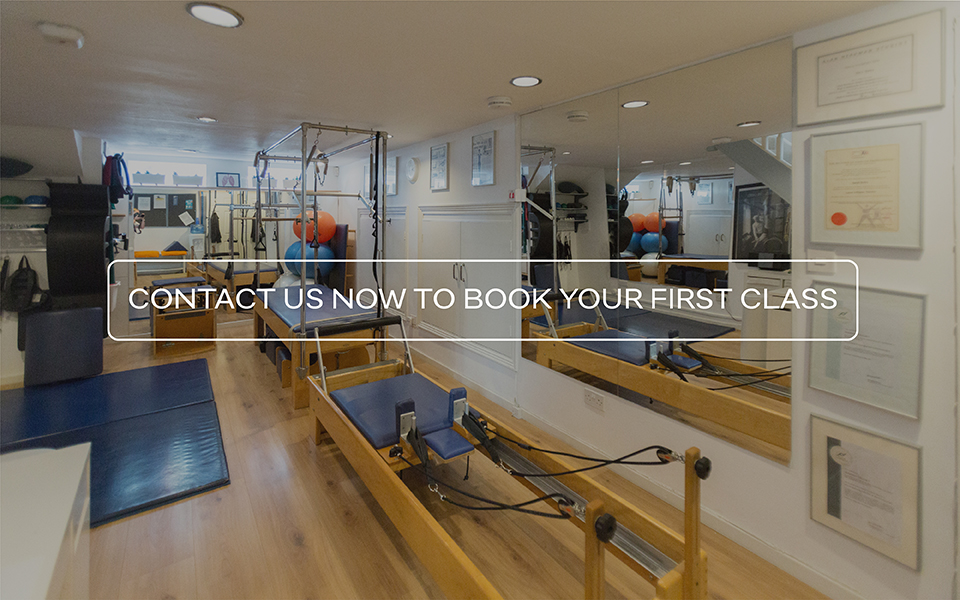Evolved from techniques created by Joseph H. Pilates more than 70 years ago, Pilates is a non-aerobic form of exercise that dramatically improves strength, flexibility, co-ordination and posture. Controlled, smoothly flowing exercises train both the body and mind, improving posture, muscle imbalances and body awareness. Deep, lateral breathing is encouraged, helping circulation, energy levels and general well being. Pilates is not an overnight cure, but it becomes a way of life which when practiced regularly gives long lasting results
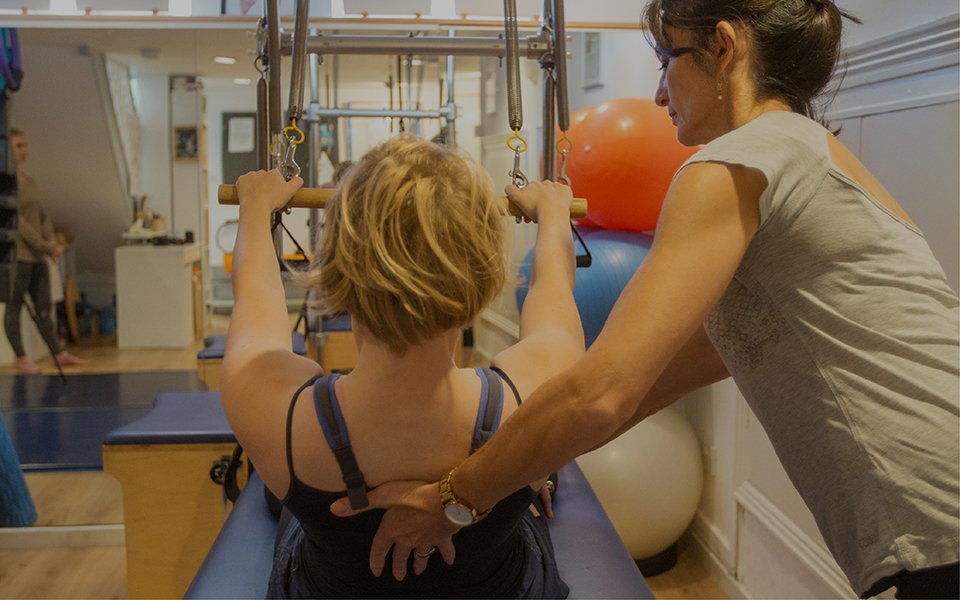
Following operations or injury it is gentle and supportive, giving the body time to recover and build strength in weaker areas. It is safe throughout pregnancy, targeting muscle groups that will help both leading up to and following birth. It is effective for stress related conditions, improving circulation and flexibility, thereby releasing tension, but it is equally beneficial for those wishing to streamline their bodies and improve general wellbeing
WHAT ARE THE BENEFITS OF PILATES?
Pilates trains the whole body and mind, improving posture and body awareness. Deep, lateral, back-breathing is encouraged, which in itself will improve circulation, energy levels and feelings of well being. Muscle imbalances are addressed, lengthening dominant muscle groups whilst strengthening weaker ones, giving overall a more toned and balanced appearance. Muscle strength, flexibility and co-ordination are just some of the benefits you will experience.
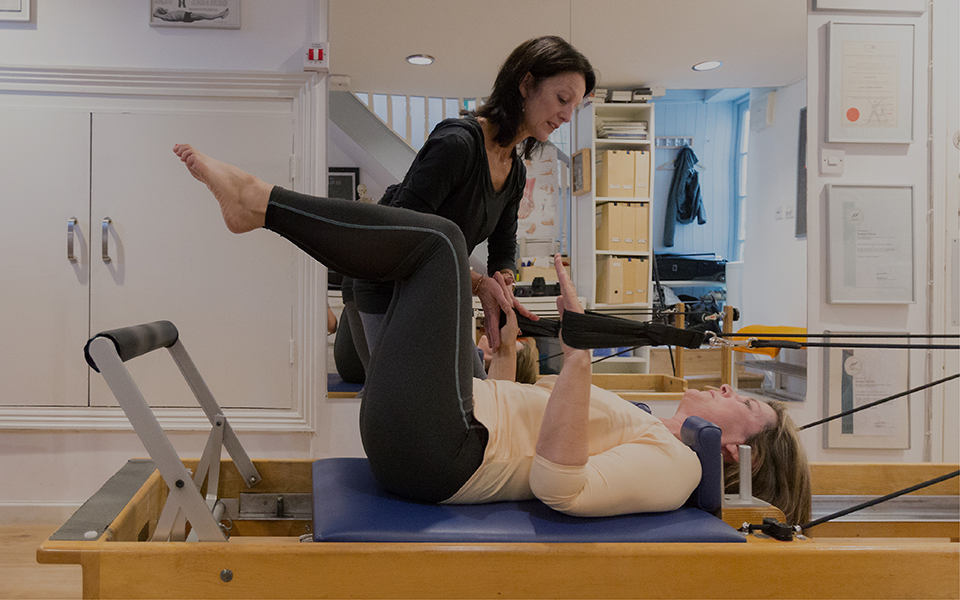
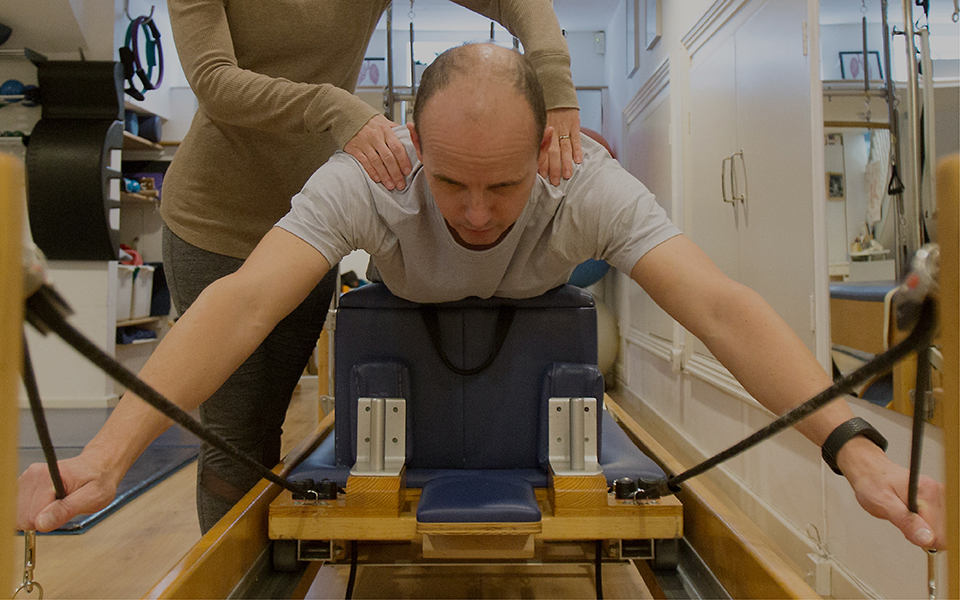
HOW LONG DOES IT TAKE TO NOTICE ANY BENEFITS?
Pilates is not an overnight cure, but the eventual benefits are long-lasting. Most people take about ten classes to start seeing or feeling a difference. It will take a while just to increase body awareness and understand the technique. “I’m glad I persevered” is a comment that we often hear.
WHO IS PILATES SUITABLE FOR?
Pilates suits all types and ages, men and women alike. Following operations or injury it is gentle and supportive, giving the body time to recover and build strength in weaker areas. It is safe throughout pregnancy, targeting muscle groups that will help you both leading up to and following birth. It is effective for stress related conditions, improving circulation and flexibility, thereby releasing tension
Remember that whilst Pilates strengthens the weak it also challenges the strong. There is something for everyone.
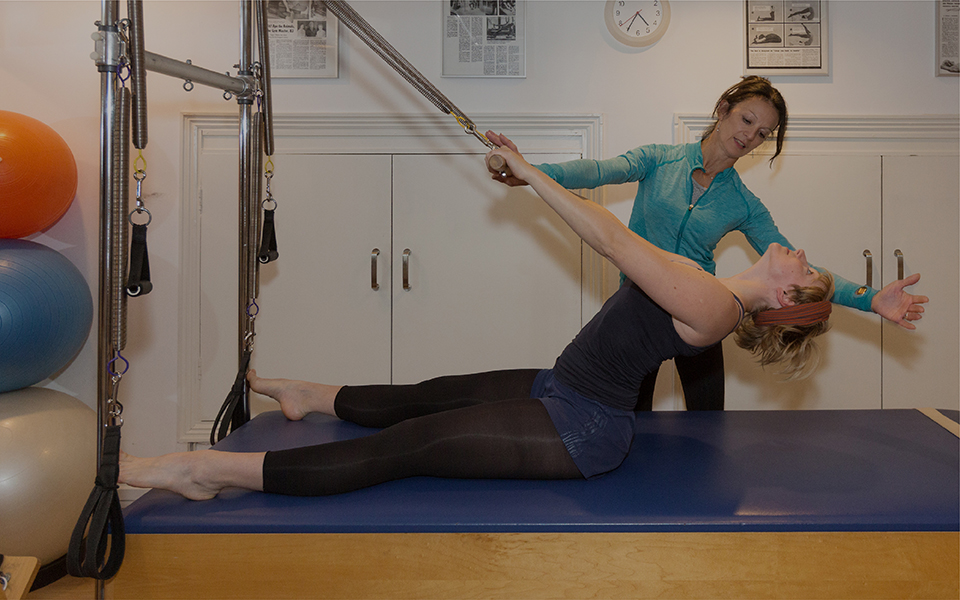
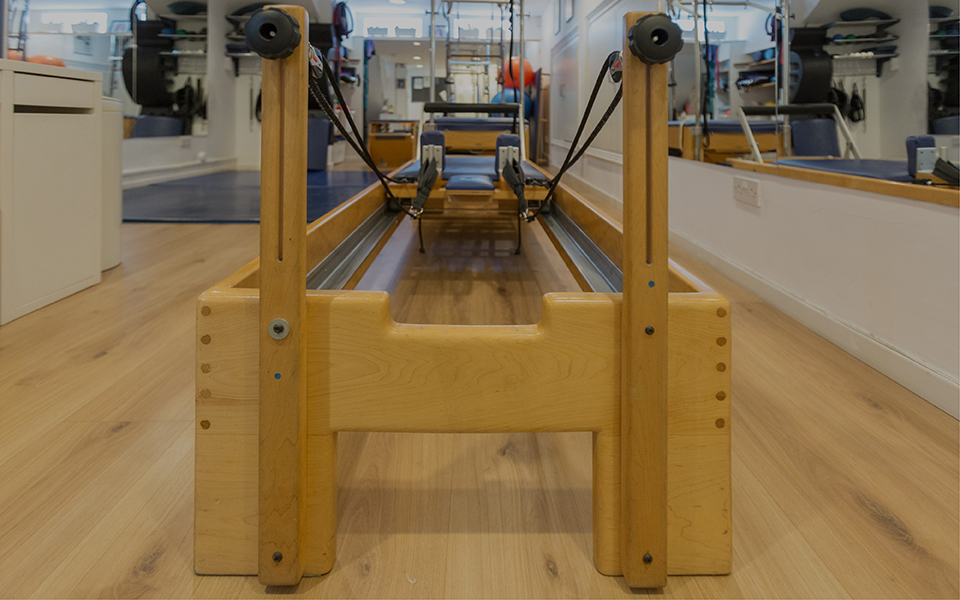
WHAT IS THE DIFFERENCE BETWEEN PILATES AND YOGA?
Pilates has no spiritual or meditative background. Its concerns are based much more around increasing muscle strength, tone and core stability. Because Pilates and yoga are actually quite different from each other, they can work very well together as complimentary exercise systems.
THE SIX MAIN PILATES PRINCIPLES
CONCENTRATION
Pilates exercises demand that you concentrate on what your whole body is doing and what you are doing, ALL the time, which is an intense and difficult focus.
CONTROL
Contrology is based on the idea of muscle control. “The Pilates method teaches you to be in control of your body and not at its mercy.”
CENTERING
The centre is the focal point of the Pilates Technique. A ‘base’ from which all movements flow outwards.
FLOW OR EFFICIENCY OF MOVEMENT
The Pilates technique asserts that physical energy exerted from the center should coordinate movements of the extremities: Pilates is flowing movement outward from a strong core.
PRECISION
“You will gain more strength from a few energetic, concentrated efforts than from a thousand listless, sluggish movements”. The goal is for this precision to become second nature, and carry over into everyday life as grace and economy of movement.
BREATHING
The importance of proper, conscious breathing cannot be underestimated. Proper inhalation and complete exhalation cleanse every part of the body and energise the system.


